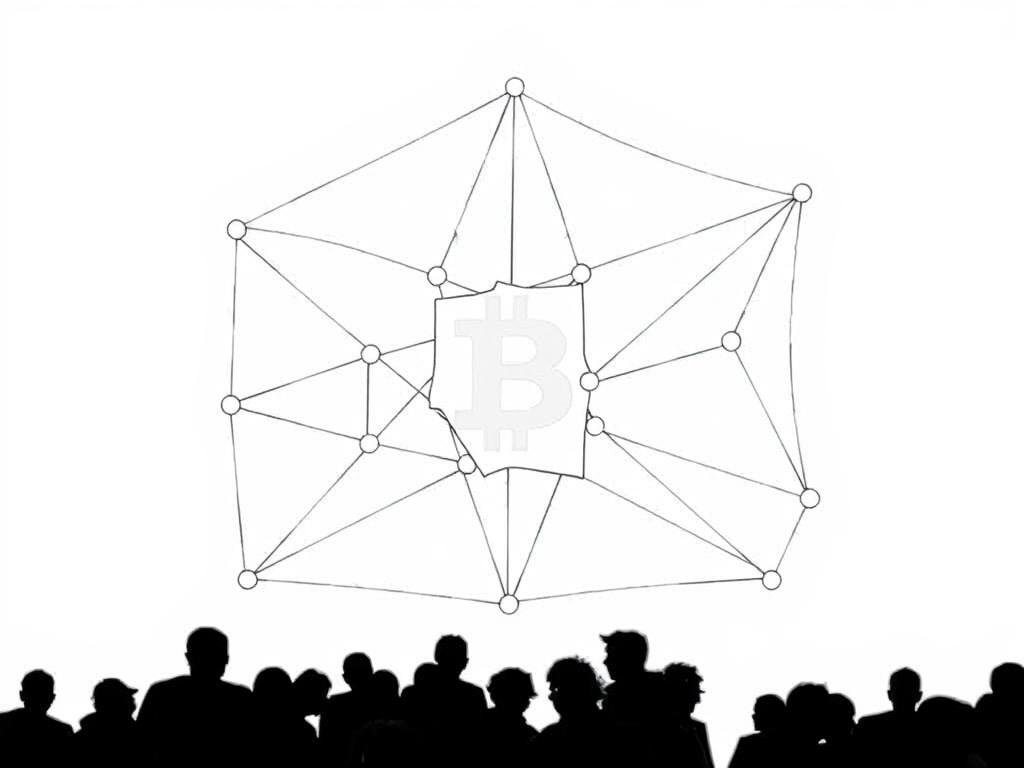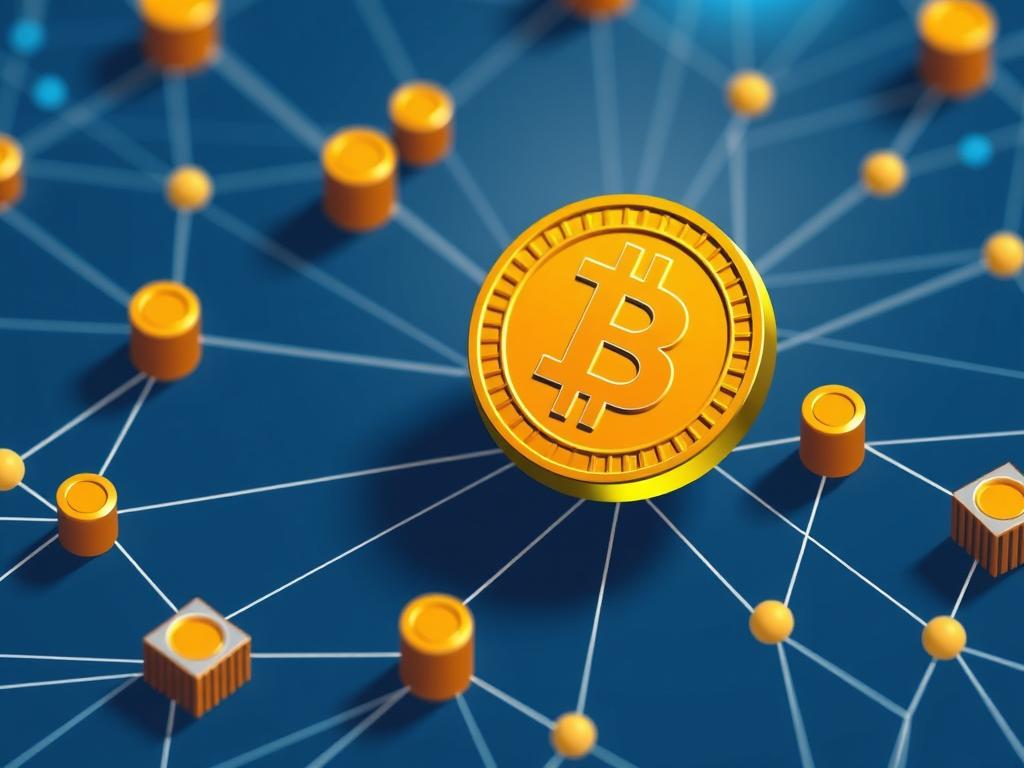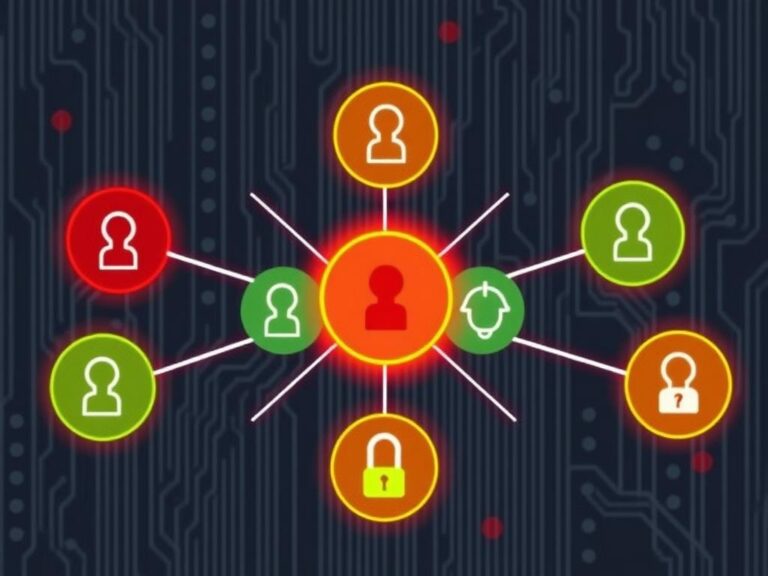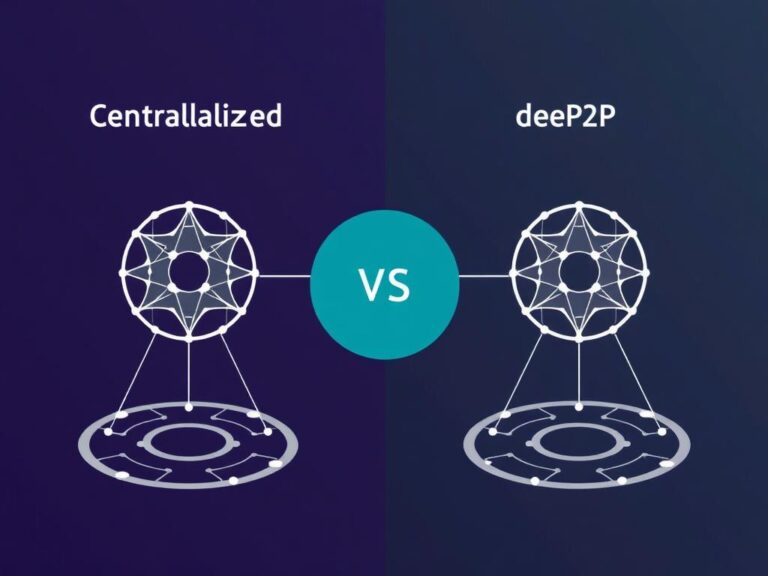How Bitcoin Uses P2P Networking: Unlocking the Power of Decentralized Transactions
Bitcoin is often talked about as a revolutionary digital currency, but the real magic lies in how it functions behind the scenes. At the heart of Bitcoin’s success is its use of peer-to-peer (P2P) networking, a technology that allows it to operate without a central authority. In this article, we’ll dive deep into how Bitcoin uses P2P networking, exploring what it means, how it works, and why it’s crucial to the broader world of decentralized finance.
Understanding P2P Networking in Bitcoin
Peer-to-peer networking is a system where computers (or “peers”) share resources and information directly without relying on a central server. In Bitcoin’s case, each participant in the network, called a node, communicates and shares transaction data with other nodes. This decentralized structure is what makes Bitcoin resilient to censorship, fraud, and outages.
Unlike traditional banking systems where transactions go through a central authority, Bitcoin’s P2P network allows users to send and receive currency directly. Each node independently verifies the authenticity of transactions. This eliminates the need for an intermediary, speeding up transfers and reducing fees. More importantly, the peer-to-peer design ensures that no single entity can control the Bitcoin network, which is crucial for maintaining its trustless and transparent nature.
How Does Bitcoin’s P2P Network Work?
The Bitcoin network is composed of an interconnected web of nodes spread worldwide. These nodes run specialized software that helps them broadcast, validate, and store transaction data.
When a user initiates a Bitcoin transaction, it’s first sent as a broadcast to nodes connected to the user’s computer. These nodes receive the transaction and propagate it to their connected peers, who, in turn, continue to spread the information throughout the entire network. This process can be thought of as ripples spreading out in water. Eventually, all nodes receive details about the new transaction.
Before a transaction is added permanently to the blockchain, nodes use built-in consensus rules to verify its validity. They check whether the sender actually owns the Bitcoins they are trying to spend, whether the digital signatures match, and if the transaction conflicts with any previous ones. This decentralized validation process is key to preventing double-spending and fraud.
The Role of Miners in the P2P Network
Although every node in the Bitcoin P2P network participates in transmitting and validating transactions, miners have an additional vital role. Miners collect verified transactions into blocks, compete to solve complex mathematical puzzles, and then add their block to the blockchain upon success. This is called proof-of-work and serves as a way to secure the network.
The P2P network means miners don’t need a centralized entity to assign work or verify results. Instead, the rules are embedded within the protocol, and miners compete based on computational power. Once a miner finds a new valid block, it’s quickly broadcasted across the P2P network, and all nodes update their copies of the blockchain accordingly.
Benefits of Bitcoin Using P2P Networking
Bitcoin’s reliance on P2P networking brings several benefits that distinguish it from traditional payment systems:
- Decentralization: Without a central point of control, the Bitcoin network is more secure and resistant to censorship.
- Fault Tolerance: Nodes operate independently, so the network keeps running even if many nodes go offline.
- Transparency: Since every node has a copy of the blockchain, all transactions are publicly verifiable.
- Reduced Costs: By eliminating intermediaries, transaction fees tend to be lower than conventional banking fees.
- Permissionless Access: Anyone with internet can join as a node or make transactions without approval.
This table summarizes some of the main advantages of Bitcoin’s P2P network compared to centralized systems:
| Feature | Bitcoin P2P Network | Traditional Centralized Systems |
|---|---|---|
| Control | Decentralized among all nodes | Centralized authority or bank |
| Resilience | High, no single point of failure | Vulnerable if central server fails |
| Transaction Verification | Distributed to all nodes | Performed by central authority |
| Transparency | Open blockchain ledger | Private records, mostly opaque |
| Costs | Generally lower fees | Often higher fees |
How Nodes Discover and Connect in the Bitcoin P2P Network
A natural question is: how do nodes find each other in such a vast decentralized system? When a new node joins the Bitcoin network, it uses a method called peer discovery to find other nodes. This can involve checking a list of known entry points hard-coded into the software, querying DNS seeds, or connecting to peers announced by other nodes.
Once connected, nodes continually share information about the network’s structure and transactions. This dynamic, self-organizing capability ensures that Bitcoin’s P2P network remains robust and scalable. Nodes can connect to multiple peers, helping to propagate transactions quickly and reducing the likelihood of network partitions.
Security Implications of P2P Networking in Bitcoin
P2P networking also introduces unique security challenges and advantages. Because every node operates independently and shares the entire blockchain, it becomes very difficult for malicious actors to manipulate the system without controlling a majority of the network’s computational power. This is known as protecting against a 51% attack.
In addition, Bitcoin’s use of cryptographic techniques—like digital signatures and hash functions—combined with the decentralized P2P design makes it extremely secure for users. Transactions are irreversible once confirmed, and nodes ensure that invalid or malicious transactions are rejected.
Common Misconceptions About Bitcoin and P2P Networks
It’s easy to misunderstand how Bitcoin’s P2P networking works. Some think Bitcoin is completely anonymous because it’s decentralized, but in reality, all transactions are public and traceable on the blockchain. The P2P network simply means that this information is shared widely, not hidden.
Others may confuse Bitcoin’s mining process with normal P2P sharing. While miners use the P2P network to propagate blocks and transactions, mining itself involves computational work that differs from typical peer file sharing in other decentralized networks.
Finally, some believe the P2P network is slow or inefficient. In truth, Bitcoin’s network can process thousands of transactions daily with robust security guarantees, though it does have limitations regarding scalability.
Future Developments: Enhancing P2P Networking in Bitcoin

The Bitcoin community continually works to improve how the P2P network functions. Technologies such as the Lightning Network aim to handle small, fast transactions off-chain while still settling on Bitcoin’s main blockchain. This layer-two protocol leverages P2P connections to route payments directly between users without burdening the entire network.
Additionally, innovations in node software, network protocols, and bandwidth optimizations help make the P2P network faster and more efficient. These efforts ensure Bitcoin’s decentralization stays intact while enhancing usability for millions worldwide.
Summary
Bitcoin’s use of peer-to-peer networking is the cornerstone of its decentralized, secure, and transparent nature. By allowing users to connect directly, share transaction data, and collectively verify blocks without a central authority, Bitcoin has created a resilient financial system beyond the reach of traditional controls. This P2P network ensures trust through consensus, empowers everyday people as network participants, and opens exciting possibilities for the future of money and beyond.
Conclusion
Understanding how Bitcoin uses P2P networking reveals the brilliance behind its revolutionary design. This decentralized system makes Bitcoin more than just a digital currency—it transforms it into a peer-powered ecosystem resistant to censorship, durable against failures, and open to everyone. The continuous evolution of Bitcoin’s P2P technology promises to reshape not only finance but also the way we think about trust, transparency, and collaboration in the digital age. Whether you’re a casual user, a developer, or just curious about blockchain, appreciating the role of P2P networking is key to grasping why Bitcoin remains at the forefront of innovation.






